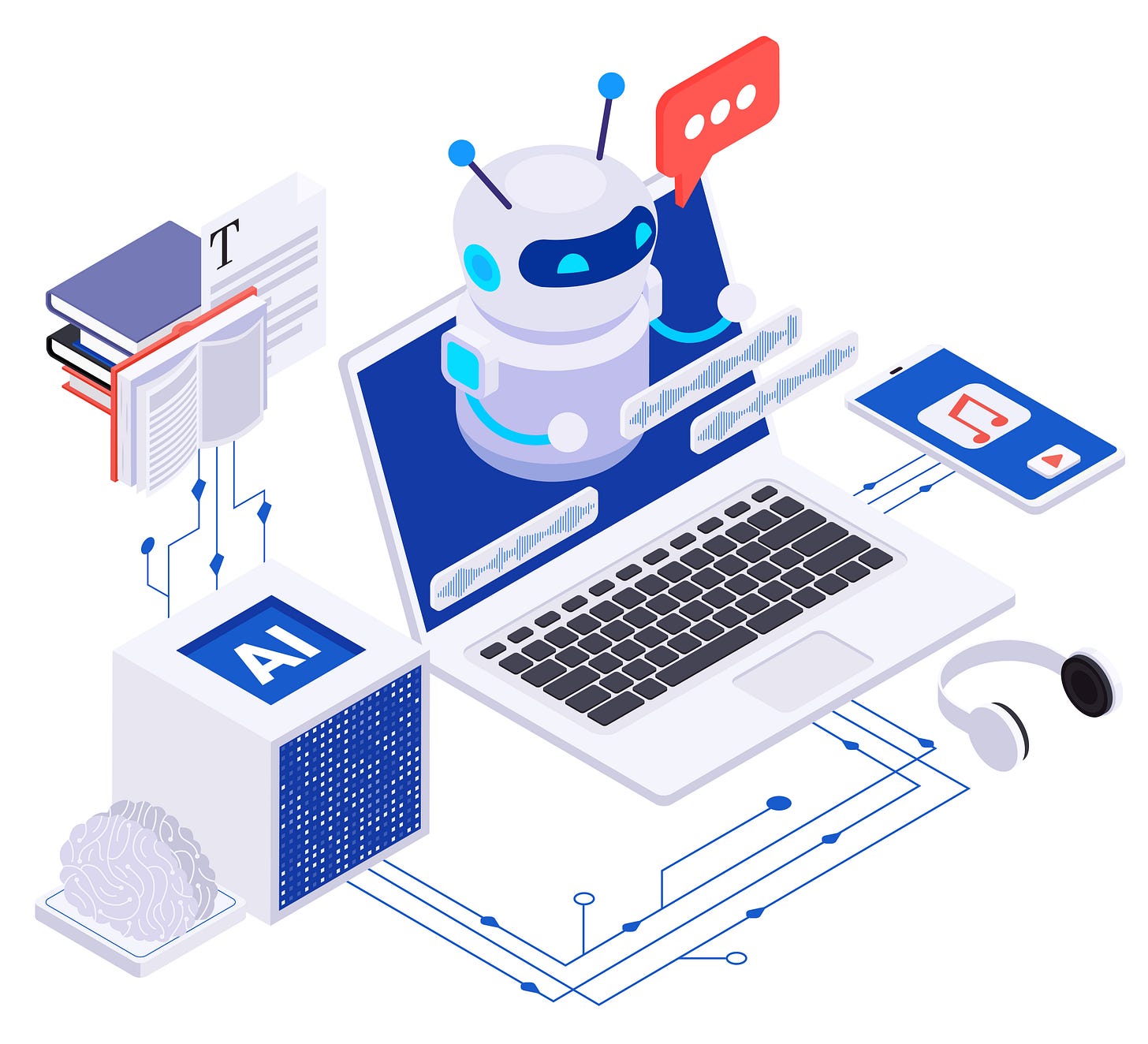What to Build, Buy, or Borrow When You’re Not the CTO
It’s official: AI isn’t just a buzzword anymore. It’s entering your month-close meetings, FP&A reports, and even your inbox summaries.
But if you’re a controller, an analyst, or a finance business partner — not the CFO or Chief Digital Officer — how do you navigate this wave?
Here’s the good news: you don’t need to become a data scientist. You do, however, need to understand the basic building blocks of the AI stack and how finance teams like yours are starting to use them. This article is your guide to deciding what to build, buy, and borrow from the broader org.
1. Your Real AI Stack Starts with Your Data
Let’s get one thing clear: chatbots, copilots, and flashy AI dashboards mean very little without clean, contextual data.
If you’re pulling from five different spreadsheets and your journal entries are cryptic at best — AI can’t help you yet.
The foundation of AI in finance is not machine learning. It’s data tagging, data quality, and context at source.
How to move forward:
Build: Start tagging journal entries with reasons or categories. Add meaning to manual entries.
Buy: Invest in data connectors or lightweight ETL tools that unify ERP, payroll, and business systems.
Borrow: Partner with Digital or IT to define 3–5 critical data flows you want cleaned up or made real-time.
2. Speak to Your Data — Without Learning SQL
Imagine querying your finance data the way you search on Google:
“Show me marketing spend in Q2 that exceeded plan by 10%.”
That’s the promise of natural language interfaces powered by large language models (LLMs). No SQL. No pivot tables. Just questions.
But this only works if your team has:
Clear, queryable data
Tools that understand financial language
Confidence in the outputs
How to move forward:
Build: Create a “question library” for your team — what do you ask in reviews, and where does the answer live?
Buy: If you’re on Microsoft 365, pilot Copilot. Tools like ChatGPT Team, Fireflies AI, or Relevance AI are also evolving fast.
Borrow: Join the AI pilots your company is likely already running — finance use cases are often overlooked early.
3. Start with a Pain Point You Know Well
There’s a temptation to “AI everything” — but the best implementations solve one workflow, then grow.
Some real examples:
Journal entry suggestions during close
Explaining a margin variance in business terms
Predicting which customers might delay payments
Automating basic reconciliations
Each one of these is a place where AI can assist, not replace, the human expert.
How to move forward:
Don’t chase the tech. Chase the outcome.
Find where you waste the most time — start there.
Treat your first use case as a pilot, not a full transformation.
4. Beyond Tools: Finance Is Moving Towards AI Agents
Here’s a term you’ll hear more of: AI agents. These are tools that act — not just display data.
Think of an agent that:
Pulls SAP data every Friday
Compares it to last month’s spend
Flags a 12% increase in freight costs
Emails you a summary with links
This isn’t far off. Many companies are already building internal bots that automate finance workflows without needing deep tech teams.
How to move forward:
Build: Try low-code tools like Microsoft Power Automate, Zapier, or even GPT-based bots.
Buy: Explore finance-specific platforms like Vic.ai (AP), Docyt (bookkeeping), or Ramp AI (spend).
Borrow: Shadow your innovation or automation team. Ask to test a bot in a low-risk workflow like petty cash or travel expense summaries.
5. Experiment Now — Don’t Wait for an Org-wide Rollout
You don’t need a year-long roadmap. You need a sandbox.
Every finance professional should have a personal test bed — a laptop where they try AI tools, build prompts, explore new platforms. That’s how you learn what’s real, what’s hype, and what fits your team’s rhythm.
This is how you stay future-ready — not just by reading about AI, but by experiencing it firsthand.
Closing Thought: This Isn’t Tech Strategy — It’s Finance Strategy
AI is not something the tech team “adds” to finance.
It’s a capability finance teams must own, guide, and embed into everyday work. You don’t need to build it all. But you do need to know what questions to ask, what data to clean, and where to push for action.
So the next time someone asks if your team is “AI-ready,” ask them back:
Are we insight-ready?
Action-ready?
Outcome-ready?
Because AI is just the accelerant. The real engine is still you.


